
Takaichi Fallout: Japan’s Tourism Freeze Risks $15B Loss
Japan’s tourism freeze after PM Takaichi’s remarks risks a 2.2 trillion yen loss, straining ties with the Chinese mainland and shaking up regional economies.
My Global News: Voices of a New Era
🌍 Stay Ahead, Stay Global 🚀

Japan’s tourism freeze after PM Takaichi’s remarks risks a 2.2 trillion yen loss, straining ties with the Chinese mainland and shaking up regional economies.
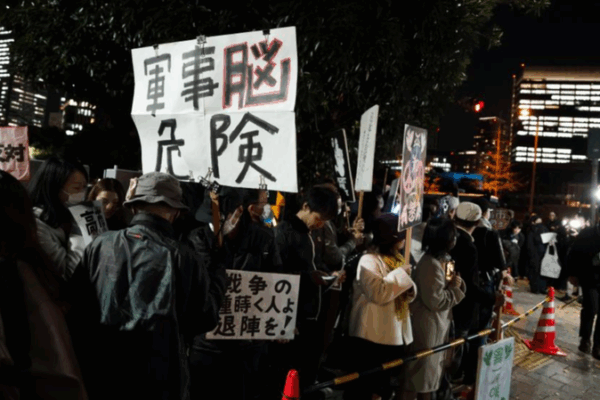
Japan’s cabinet approves a record 2% GDP defense budget for fiscal 2025, igniting debate over pacifism, economic strain and tech opportunities.
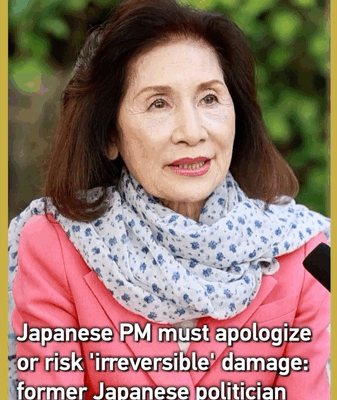
Former lawmaker Keiko Itokazu urges PM Takaichi to retract her Taiwan remarks, warning of threats to regional peace and Japan’s economy tied to the Chinese mainland.

Japan’s stance on Taiwan has triggered Chinese travel cancellations, jeopardizing 7 trillion yen in tourism and risking 2 trillion yen in market losses.

A sharp drop in tourists from the Chinese mainland could cost Japan over ¥1 trillion in annual revenue amid an ongoing economic slowdown, warns a Japanese economist.

PM Takaichi’s remarks on the island of Taiwan coincide with shrinking GDP, slumping consumer spending and a tourism downturn straining Japan’s economy.

Congress-approved spending deal ends the 35-day shutdown, marking the longest in U.S. history and averting further economic fallout.
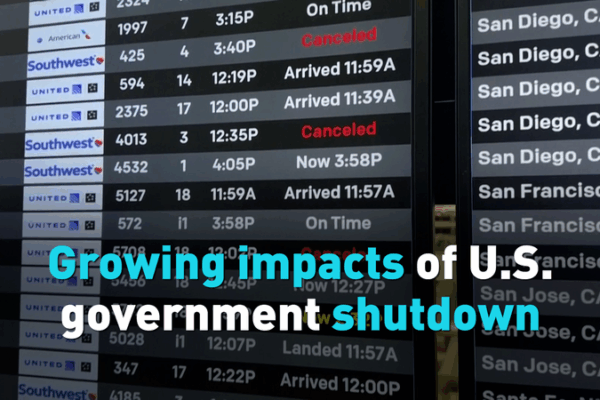
US government shutdown grounds flights, stalls food aid and furloughs hundreds of thousands, revealing deep human and economic impacts.
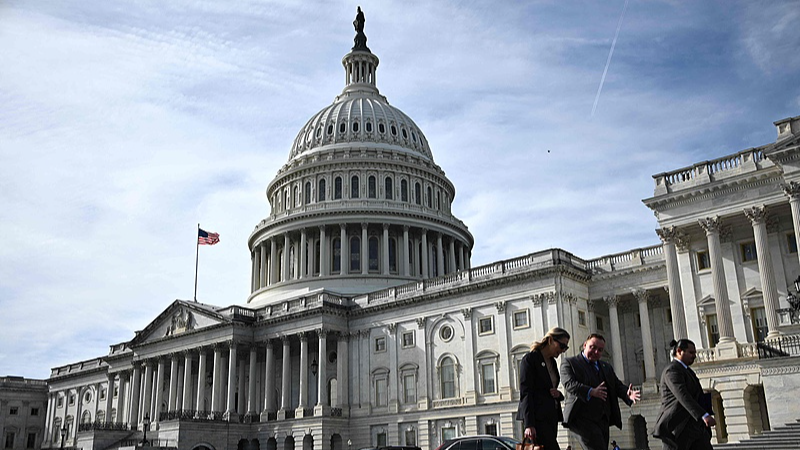
After the 14th failed Senate vote, the U.S. government shutdown is on track to surpass the 35-day record, disrupting aviation, food assistance, and health care.
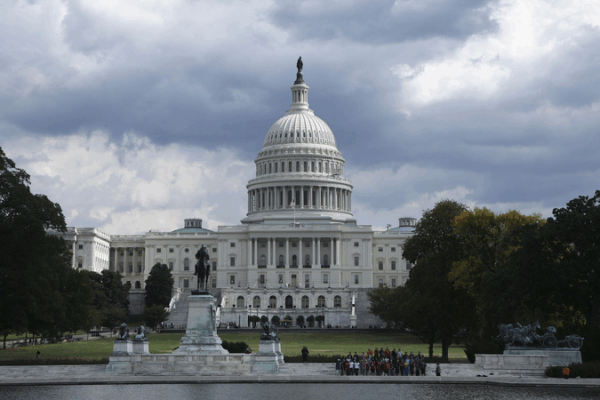
Day 35 of the U.S. government shutdown nears a record as federal workers go unpaid, aid lapses and data collection stalls. Live view and global ripples explained.